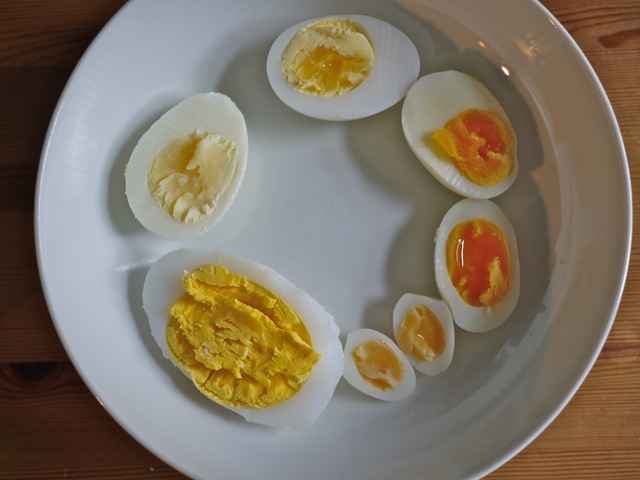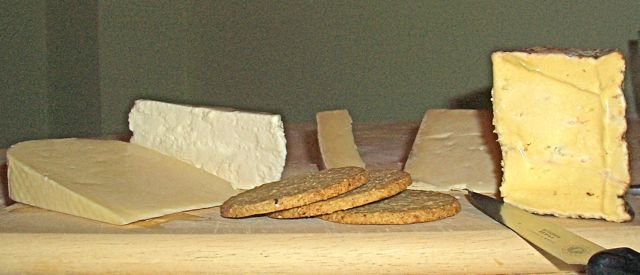
Ka-boom. Wowzer. Bam. Pow. OMG.
Wonderful. Amazing. My taste buds and brain are in overload.
I’m at Paul A Young. I’m tasting chocolate. Beautiful chocolate. I’m riding on taste sensation after taste sensation. I thought I knew chocolate but I didn’t know all of this. It’s a whole new set of experiences. How to convey it all to you?
Its passion, its craftsmanship, its huge knowledge. It’s wanting to save the world from bad chocolate and show everyone the way of good chocolate. Its superhero time. Okay so as far as I know Paul doesn’t zoom about wearing a cape and mask, or his pants over his trousers, but like Desperate Dan has his cow pie, Paul has his sea salted caramel. Like Batman he has his underground cave and his estimable sidekick. Like, erm, well lets just get on with it shall we. But be certain, very certain, he’s going to try to save as many as he can from the evil of things masquerading as chocolate that are merely confectionary.
Paul takes us on a journey through chocolate. We start by tasting different chocolate bases and bars as a route the greater understanding of the bean, the terroir, the blending and the nuances of the taste and aroma. We go from raw cacao beans, through malty milk chocolate via milk chocolate some would shun as dark to a range of every increasing cocoa content choices (11 different samples in all). We end at 100% Valrhona Manjari pate. Mind blowing. Delicious, fruity, intense. Mind blowing. Oh I already said that. There’s lots of opinion in the room about which is the best moment and everybody finds out something new about their chocolate tastes. We are educated and excited about really good chocolate. We are slightly frightened by the prices of some bars but we know there’s probably no turning back, in a short time our palates have experienced the wonders to truly beautiful chocolate from some of the worlds finest makers (Amedei, Cluizel, Valhrona). And really we could stop there and go home happy. But we don’t. Oh no there is more to come.
Paul, and his business partner James, tell us about a new brand from America they are stocking (currently they are the only UK stockist). Tcho has a Silicon Valley high tech start up approach to top quality chocolate. It’s a blend of science, art and craftsmanship. They have analysed chocolate’s components and characteristic flavours and built bars to accentuate some of these. Their commitment to sourcing fairly purchased beans is admirable. Paul and James are animated and enthusiastic about the products. We sample each of the “Chocolatey”, “Fruity”, “Nutty” and “Citrus” bars and admire their rather lovely packaging. I’m somewhat underwhelmed. The chocolate is good but it doesn’t seem startling, the key characteristic comes through well in each but I think my head, heart and stomach are still with the Valrhona Manjari hit. As part of our end of evening goodie bags we each get a bar of Tcho. Mine turns out to be the “Citrus’ bar, which I good because I’ve just established a love affair with Madagascan citrusy chocolate. When I try it over the next few days I like it much more and can see why Paul is excited about the product. I guess on the night it was overwhelmed by the preceding wonderful sensory overload.
And still we aren’t finished. Its time to bring on the truffle type things. Paul doesn’t make chocolate from raw cocoa beans he takes some of the worlds finest chocolate and then blends some of his own bars and also crafts beautiful looking truffles and filled chocolates.
Now a confession. When I was a kid I recall I loved the filled chocolate selections at Christmas. Roses. Quality Street. After Eight. I’d fight anyone for the last caramel barrel. But as time has marched on I’ve become a bit a chocolate purist. I like my chocolate dark and in bars, fillings and truffles are mostly not my thing. You can’t beat a good bar of chocolate; the joy of the snap as you break off a few squares, the taste of simply the chocolate. Unadulterated pleasure. When people buy me filled chocolates, even good ones I mostly pass them on to my husband. I make exceptions for delicately flavoured bars but that’s about it. Give me a bar any day and others can fight over the filled chocolates.
So could Mr Young convince me otherwise? His chocolates are award winning. The sea salted caramel is renowned as a thing of beauty, a multi award winning one at that and his marmite truffle is reputed to be an amazing umami-lovers nirvana. So we proceed to the chocolates as opposed to the chocolate.
First the sea salted caramel. It’s domed, its very glossy. I think food porn may have been in someone’s mind when they designed it. I pop it in my mouth. It explodes in, well a sea salty caramel type way. Its sweet, very sweet. Its good. If you like caramel then this is likely to be the best you’ll ever eat. But for someone who left behind the sweet side of chocolate at age 12 there is no turning back. Its good but I’ll generously leave it to others to oooo and aaaaa over.
So to the marmite truffle. Now I’ve never knowingly eaten marmite before. Ever. No really, never ever. Its brown, its gloopy, its smells bleugh. But I’m being offered a marmite truffle in a very upmarket chocolate shop, now is not the time to do an eight-year old style tantrum. In it goes. Oh and actually it’s rather nice. Chocolatey and erm well sort of rich and savoury all at once. I’m not sure you’d know it was marmite if you hadn’t been told. This of course, any real marmite lover will inform you is the true genius of marmite, its adaptability, its umami-ness, its ability to not taste of itself. Anyway I’d eat this one again, I might even shove someone out of the way to get one. But I’d still prefer a big bar of Madagascan chocolate.
Finally on the chocolates front we have the port and Stilton truffle. This is a seasonal special for the autumn and Christmas. Paul’s quite keen on doing specials as it gives him chance to play with new flavours and push the boundaries of the regular collection. He’s not a man who wants to stick with the known and the easy. Last year he did a Stilton only version but it dried out to much so the addition of port is partly to capture that classic English combination and partly to try to make the chocolate work better. Its pretty good though the port seems to lead a little too much.
Finally we nip down to the underground den and see where the chocolates are crafted. The marble slabs, the raw cocoa butter, bag loads of Valrhona, handmade moulds. It’s tiny and brightly light. I don’t spy a batmobile but I do think I catch a glimpse of the cape and face mask, or maybe the theobromine has got to me and I’m hallucinating.
A big thank you to Paul, James and Kate for inviting me to experience the chocolates (for free) with a group of other food bloggers.
Paul A Young regularly does tutored tastings at his Camden Passage store (price £45/head).










 Today’s chocolate is “
Today’s chocolate is “